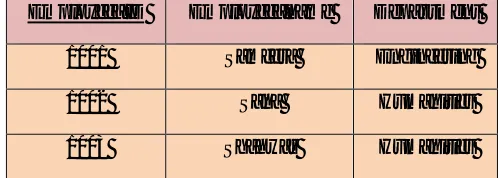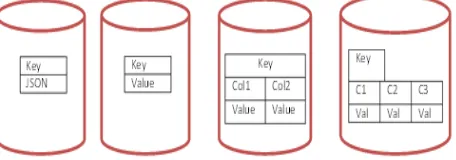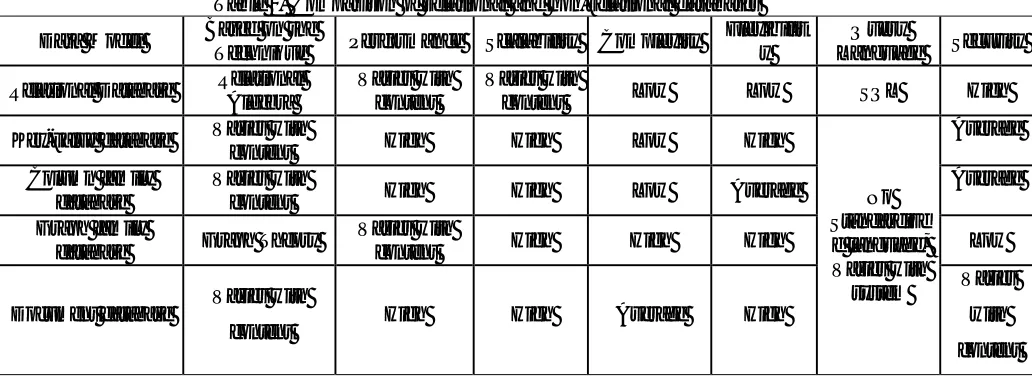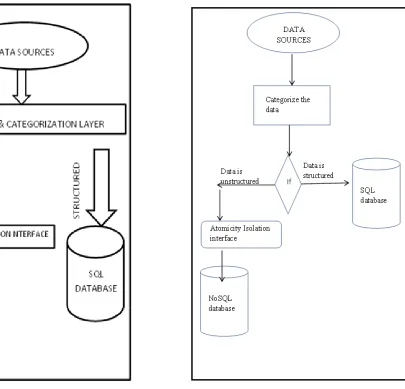Fusion Architecture of Database for Large and Diverse Dataset
Full text
Figure




Related documents
Means (SDs) of outcome measure, between-groups, and aggregate effect sizes for nine studies of MI compared to other treatments (brief treatment groups and other counselling
Owners of petrol driven vehicles pay a Motor Vehicle levy through: • petrol at the pump (the current petrol levy is 6.9 cents per litre) • the motor vehicle licensing fee (via
(2018) How Will the Chocolate Industry Approach Cocoa Farmer ‘Living Income’?, 3 May, www.confectionerynews.com/Article/2018/05/03/
In keeping with the ILO’s global estimate classifications, child labour in domestic work statistically includes: (i) all children aged 5-11 years engaged in domestic work;
RIA 42 642085 HISER Holistic Innovative Solutions for an Efficient Recycling and Recovery of Valuable Raw Materials from Complex Construction and Demolition Waste RIA 43 642231
It is well known that variation in sprouting damage can be seen between different fields, as well different sites within the same field (Skerritt & Heywood 2000). Along
Leaves persistent, imparipinnate, coriaceous, leaflets 3(-5)-foliolate; petiole 20-40mm long, petiolules of lateral leaflets, subsessile sometimes up to 10mm long, those of
These mood symptoms primarily were irritability, ner- vousness, and frequent mood changes, but not feeling “blue.” 11 A recent study by Freeman and colleagues 8 and a follow-up study